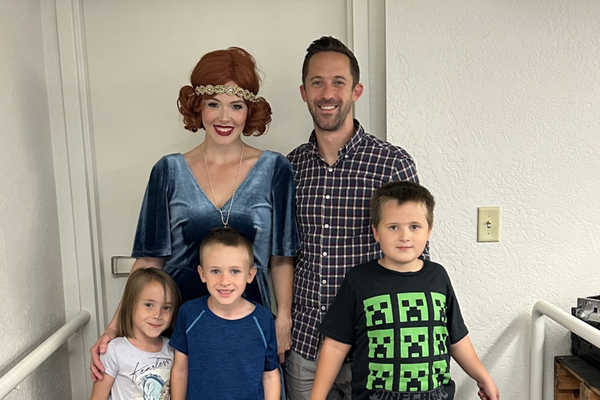
Many perceive the shift towards a circular economy as challenging. To give business and designers a starting point, Conny Bakker and Marcel den Hollander identified five business model archetypes that range “from being primarily about product to being primarily about service”.
The less a product has to be changed before components or materials can be reused, the higher the potential savings in terms of material, labour and energy. As service models, (such as say, offering light as a service rather than a product), allow companies to better retrieve products and reuse components compared to recycling, companies may be more interested to shift from ownership to “access” and “performance” business model archetypes. But in an attempt to shift to these inner loops and follow the example of Philips circular lighting, one might ask, what’s in it for my customers? How can we actually persuade them into these new buying models?
After all, we have to compete with the household bin that makes it very easy to dispose of products.

The Circular Business Model Tool helps to innovate for the inner loops by creating propositions that resonate with the customer’s daily routines and goals. It builds on Alex Osterwalder’s Business Model Canvas and Value Proposition Canvas by identifying the customer’s desired outcomes, but as a means to shift from ownership to access/performance models.
The tool differs from these two canvases in that it focuses on creating circular systems by:
- staying close to the company’s and partner’s mission, vision and brand values;
- specifying resources, capabilities and required activities from partners and consumers;
- choosing convenient touchpoints that are already part of the customer’s daily routines;
- specifically aiming to shift from ownership to access/performance models when identifying the customer’s desired outcomes.
Case study - the food processor
The Circular Business Model Tool helps to innovate for the inner loops by asking, how can you help your customers to accomplish their goal in a way that fits their daily routines?
Let’s say we are redesigning a food processor for working parents. Many households own food processors and try to use healthy ingredients. In the attempt to make food processors circular (ie, a service), why would customers rent out the machine instead of owning one; what is the added value of this model?
According to innovation expert, Tony Ulwick, customers buy products and services to get jobs done; they are interested in outcomes. This is reflected in the circular lighting of Philips where their client and co-creator Thomas Rau did not want to buy lamps, but provide the optimal light for employees to execute their jobs well. This resulted in a light service that offers a pleasant work environment and leaves the client free of maintenance duties and energy efficiency worries.
If we want to shift to the inner loops, we must start by acknowledging that products are merely tools. Instead of starting circular economy projects by disassembling products and starting from scratch, we should start by asking ourselves, what is the goal of the consumer?
At first you might say the goal behind using food processors is to chop or grind ingredients, but in-depth interviews can tell you that parents want to provide their family with healthy, nutritious meals despite their busy daily routines.
This idea might lead to a proposition or added service for the product such as the option to upgrade the nutritional value of the dish while still at the supermarket. We might call such a service the healthy cooking station.
What is exciting about this kind of service model is that it allows us to invest in higher quality solutions, which are more effective in meeting the customer’s goal. And although the service model requires a more expensive appliance, costs are spread over many users. Customers hardly notice a price difference.
Unlocking creativity to shift towards meaningful access and service models
The Circular Business Model Tool helps to develop competitive circular alternatives by creating convenient access or service models that offer a better value/cost ratio than owning an appliance. Access and performance models also allow companies to stay in contact with their customers, instead of having to reconnect with the consumer each time their product has become obsolete, which might be up to four years for kitchen appliances.
The business model creates the preconditions for a circular system to function. Product design is the next step. In the healthy cooking station case study it made sense to start by looking at the business model as it then led to different product specifications.
By perceiving products as tools to accomplish a desired goal and helping customers to accomplish that goal in a way that fits their daily routines, we can unlock creativity to shift towards meaningful access and service models.
And once we create more meaningful designs, it is no longer a question for customers if they should choose the more circular alternative. It just makes more sense.
So, is your circular proposition full of gains for you and meaningful for your customers?
Cheyenne Schuit is an industrial designer, who graduated from the TU Delft on ‘Business Model Innovation as guidance in circular product design’. The research was conducted at Philips.
Content on this page is paid for and produced to a brief agreed with Philips, sponsor of the circular economy hub







